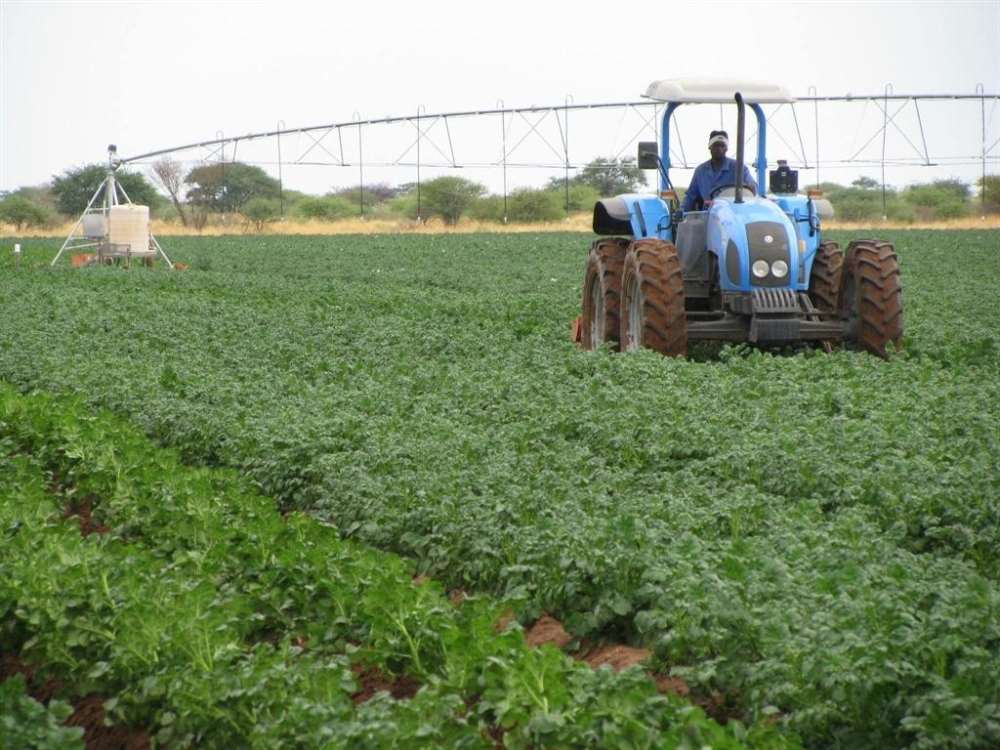Costly mistakes to avoid as a farmer
Important farming aspects to remember
Farmers should be aware of the potential mistakes that can hamper the success of their operations.
The most common mistake people make when starting to farm is underestimating the fact that farming is not only a business, but also a science.Agribank’s technical advisor for crops and poultry, Hanks Saisai, said successful farming requires knowledge, skills and perseverance.
Saisai said the business side of farming requires one to realise that when an investment is made to purchase inputs such as seeds, chicks, goats or sheep, the initial aim is to be able to make additional money from the originally invested amount after sales proceeds are received.
He advised that when embarking on establishing a farming enterprise, these approaches should be considered:
Establishing a strategy
Firstly, identify a problem and establish your farming enterprise to solve that problem.
For instance, Namibia will import 96% of fruits that are consumed in households in the country.
“So if one sets up an orchard, he/she stands a chance of penetrating this niche market by supplying a needed commodity.”
Secondly, Saisai advised offering benefits to clients.
Distance is a major operational cost for many retailers and wholesalers.
Therefore, a farmer must offer the product while reducing the transport cost for the buyer.
Lastly, when negotiating for markets, farmers should understand market trends for the special commodity they aim to offer their clients.
Scientific approach
He said that once the business aspects are in order, a farmer must also consider the scientific approach to farming.
“If one aims to solve the problem of fruit imports, it is crucial to understand the specific climatic and soil requirements of the fruit trees that one aims to grow.”
Saisai said a common mistake Namibian farmers make is attempting to produce everything that appears to have a high return on investment.
“Before you fall victim to this trap, ask yourself a few questions. Do I have the know-how to undertake this business venture? Do I have the capital to fully invest in this venture? Do I have reliable marketing channels for my products? And what are the legal and compliance requirements for me to operate in this venture?”
Number of ventures
He said many farmers tend to run several ventures at once, such as livestock production, poultry production, charcoal production and crop production.
“In each of these ventures, only a small financial investment is made, and the skill sets are usually limited as well.”
This scenario leads to underdeveloped ventures that fail to reach their full potential and become self-sustainable, Saisai warned.
“To achieve success, one should start small in one venture, understand it fully and allow it to become self-sustainable before investing in another venture. Specialising ensures that you will be able to supply the market with a high-quality product in quantities that address market demand needs.”
Financial management
Another mistake farmers make is the failure to allocate financial resources based on the needs of the farming business.
“Often, farmers fail to allocate a wage or salary to themselves from their farming business. This creates a problem of misappropriation of proceeds from farm sales, which in turn leads to poor reinvestments into the business.”
It is essential to understand that there will be fixed costs and variable costs in the farming business.
"After production, one must determine the unit cost of the product, Saisai advised.
After production sales, the priority should be to reinvest in the business by honouring the financial commitments of the business, paying salaries from the profit per unit of the product sold and saving the extra funds for rainy days.
Records are vital
Lastly, a common mistake is a failure to keep records, Saisai said.
“These can be financial records that highlight the amount of money circulating in the business and how it is allocated over the year of doing business.”
He advised farmers to keep production records that address the activities that are undertaken to produce a certain product.
Furthermore, the challenges or risks of droughts, veld fires, pest or disease outbreaks during production and their impact on the desired production should be highlighted.
“After the production cycle or year, one can compare how financial and production records directly affect the business. Based on these records, a farmer can evaluate their business strategy and make informed decisions on issues like reducing costs and improving production efficiencies for maximum return on investment.”



